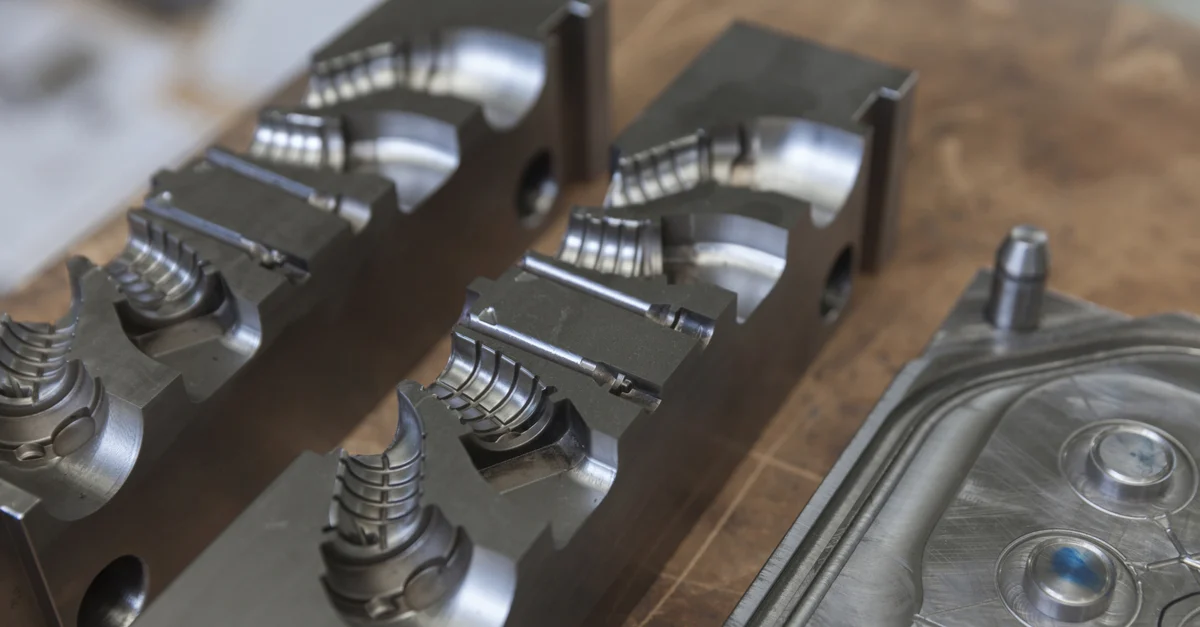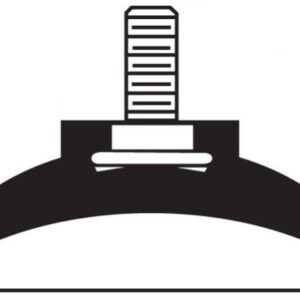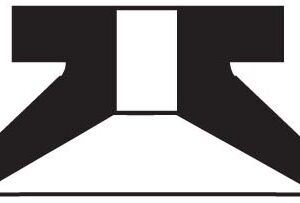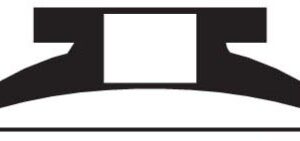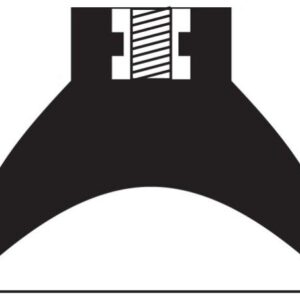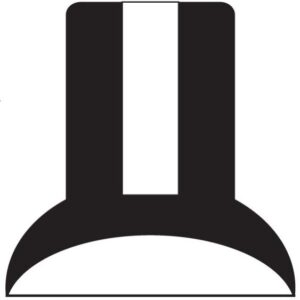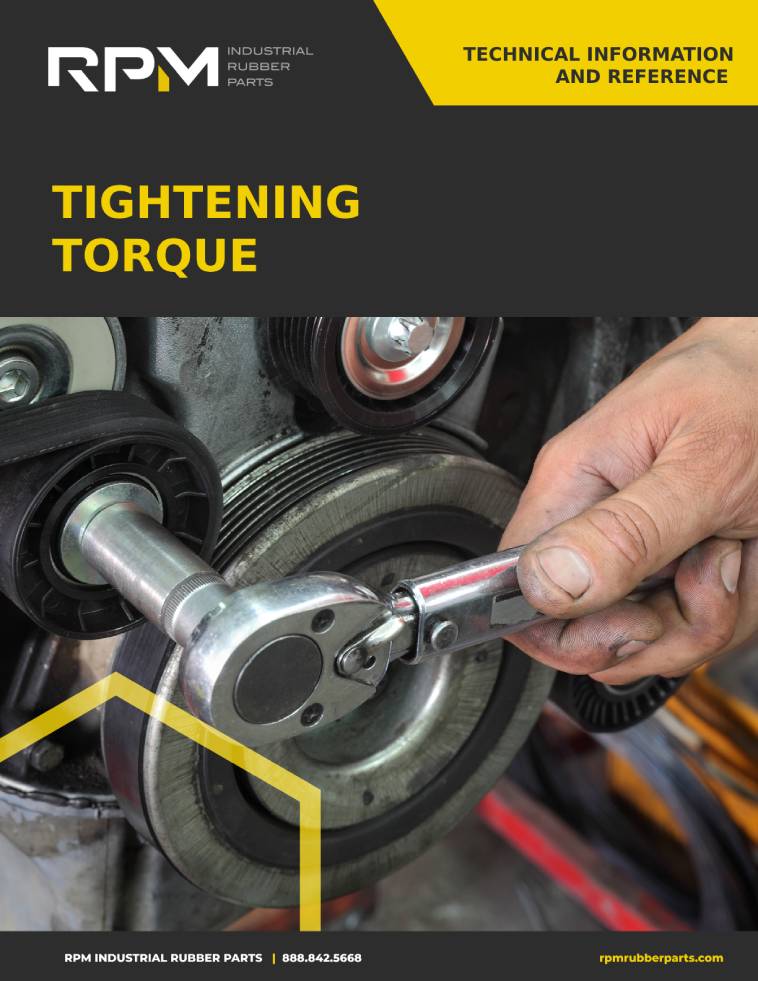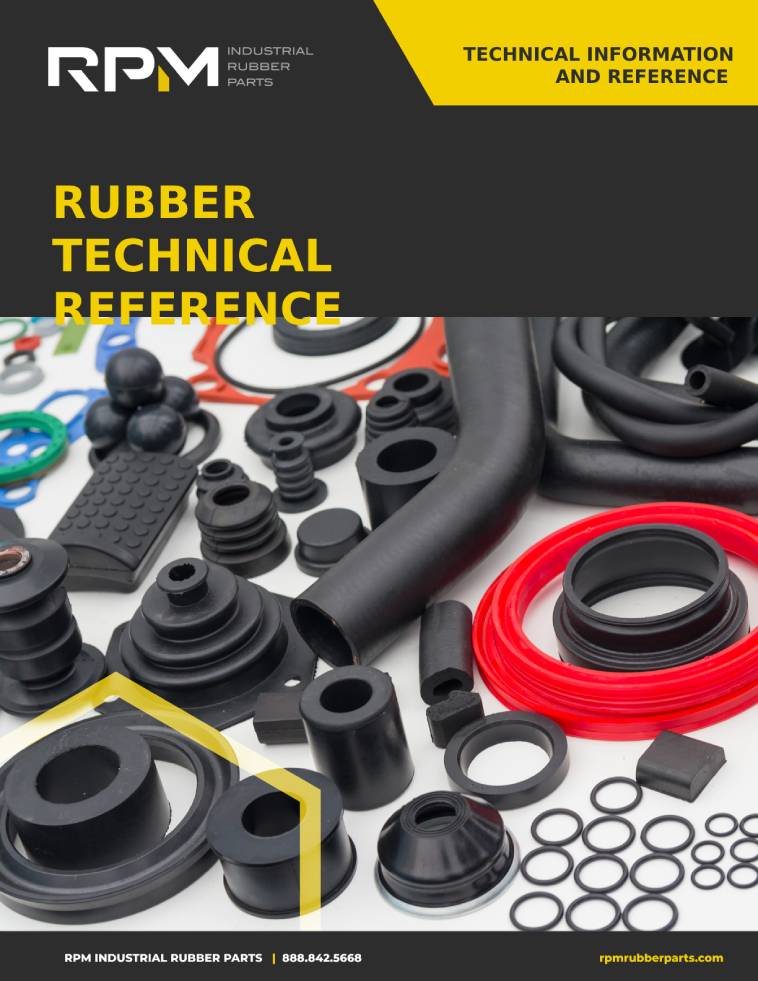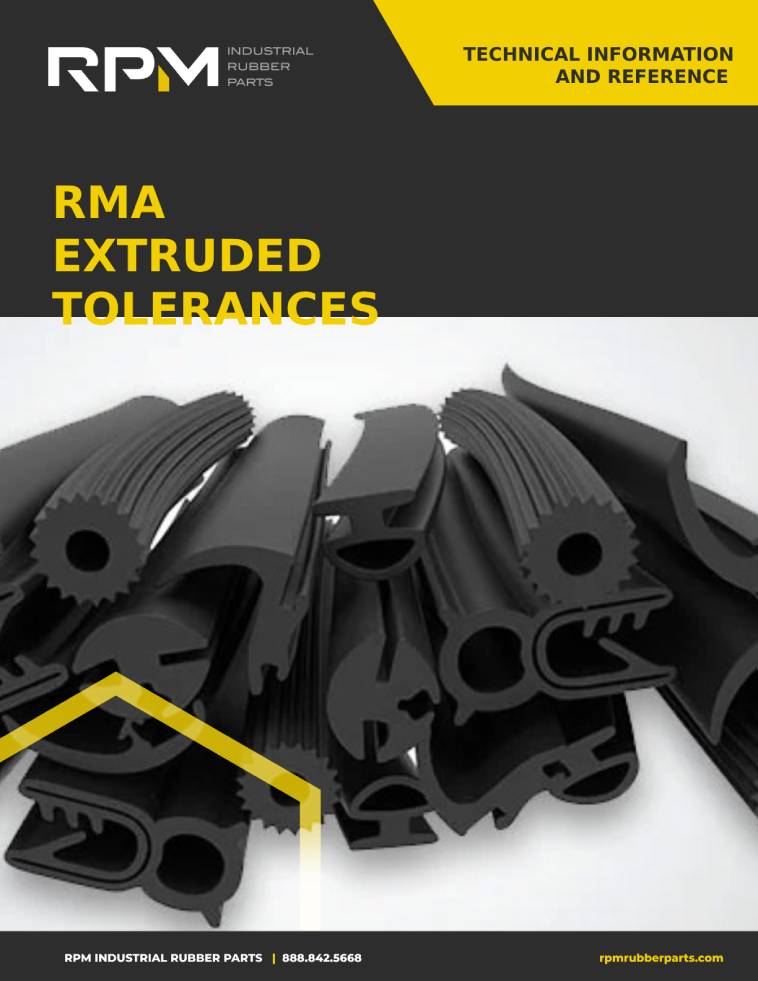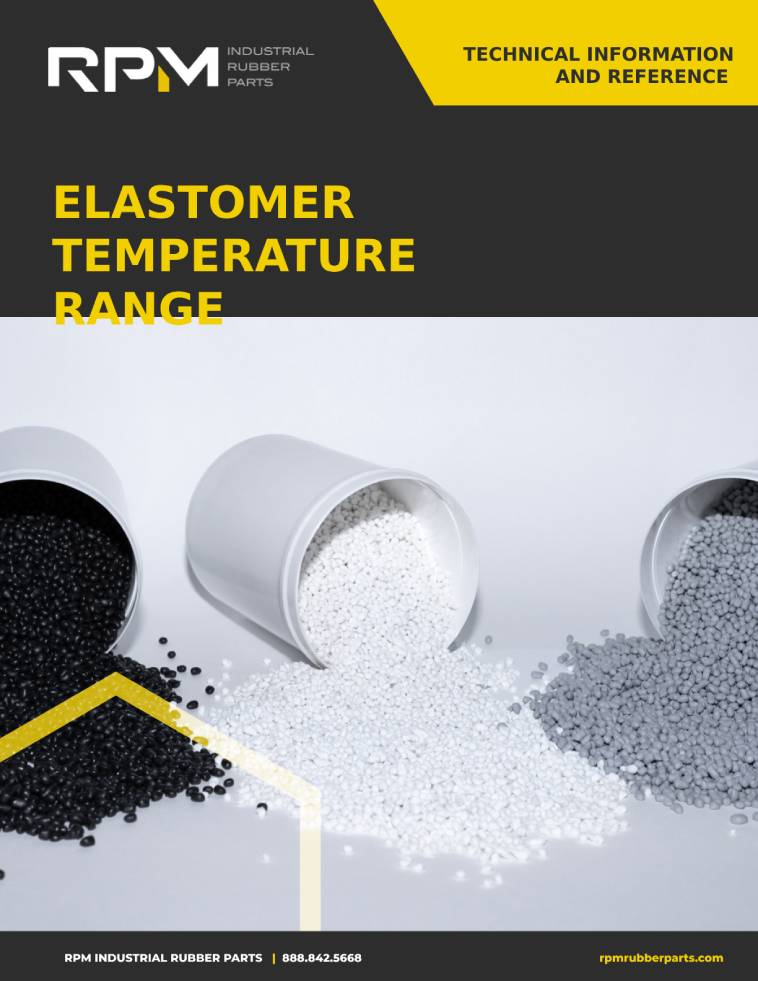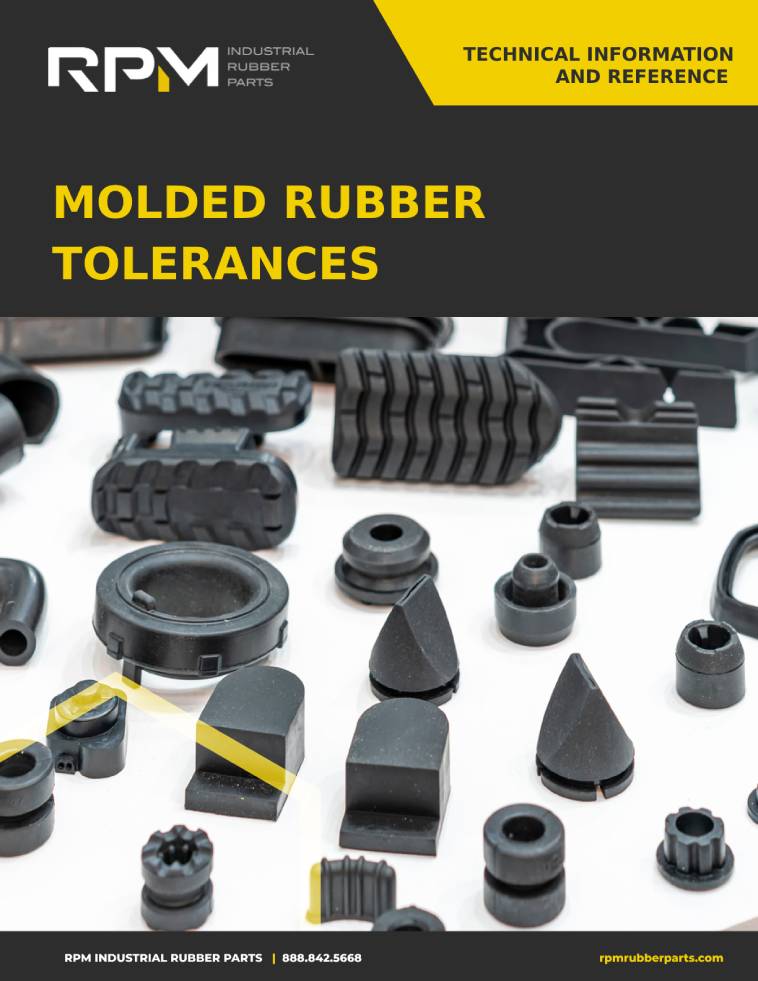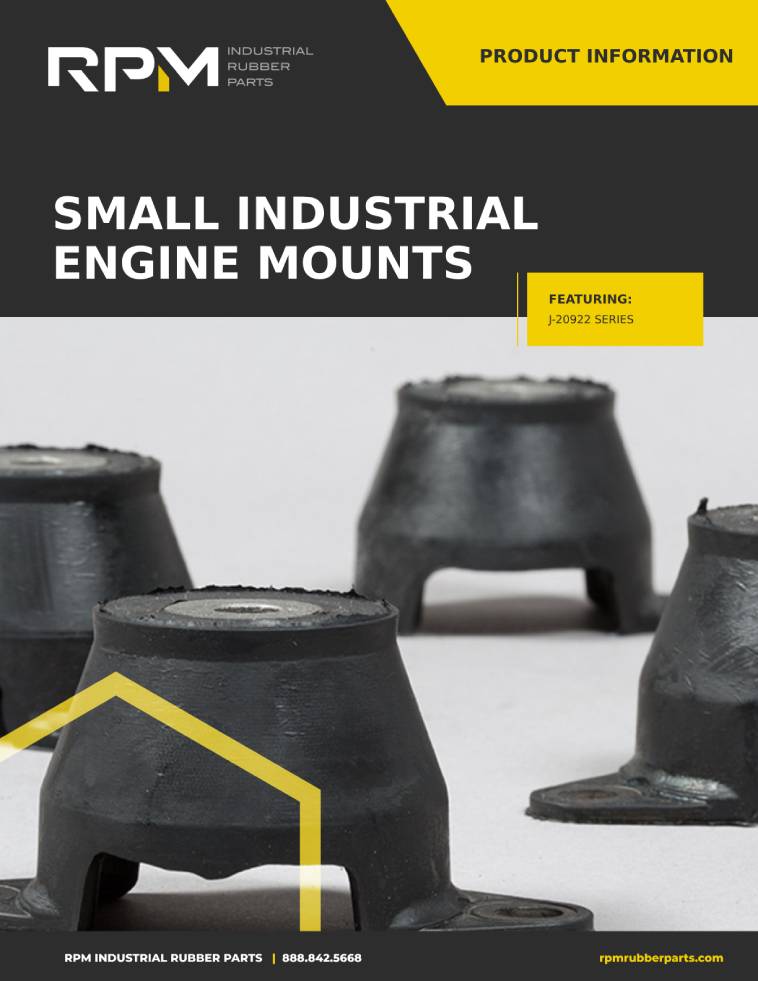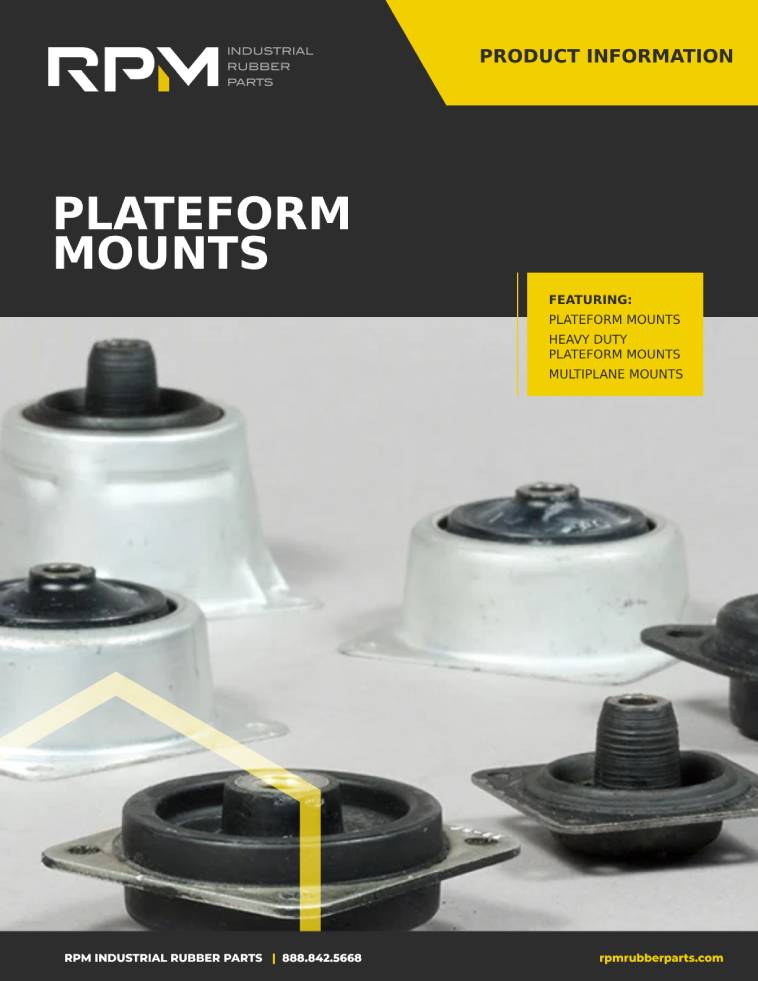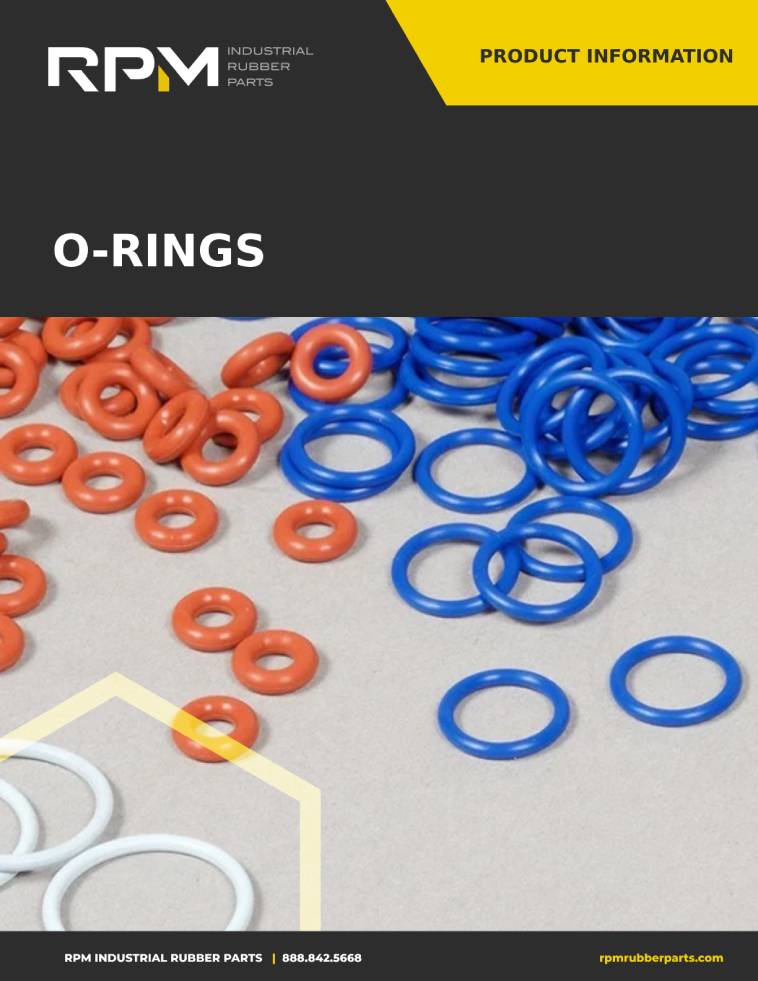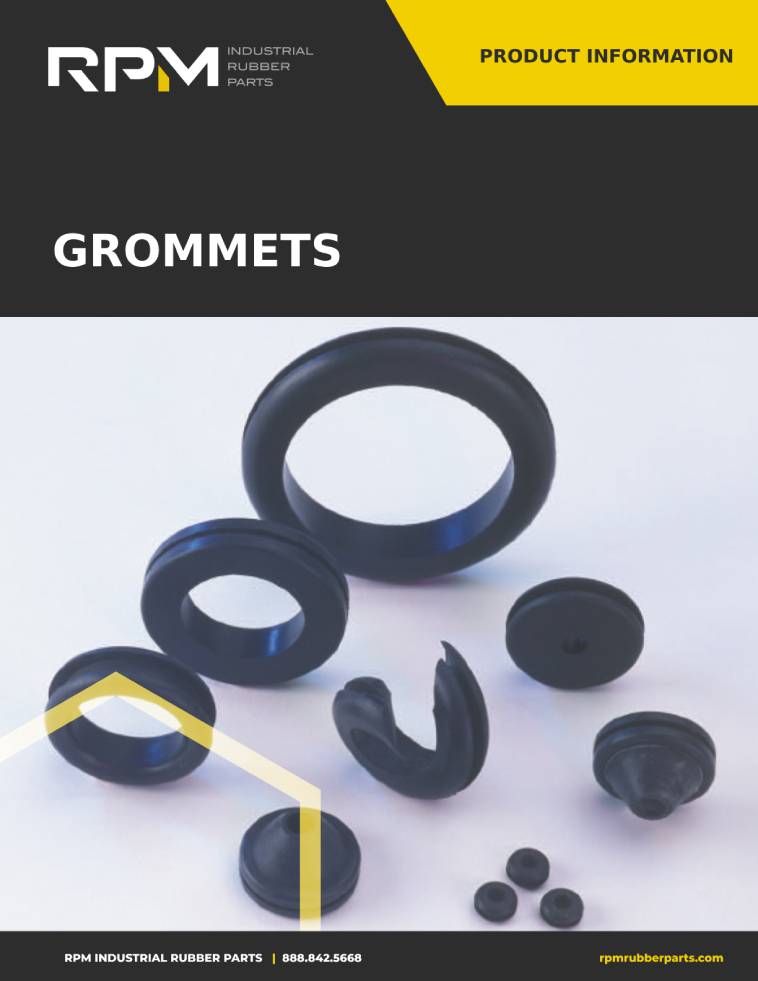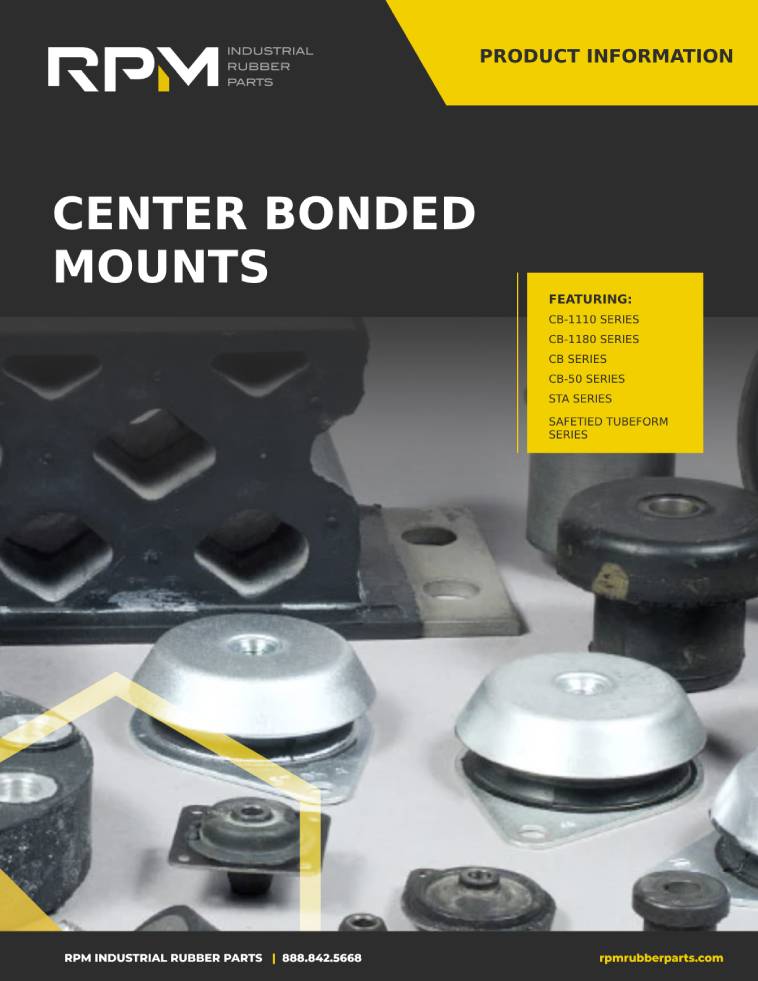Molded rubber parts, whether standard or custom manufactured, are used throughout virtually every industry, including off-highway, medical equipment manufacturing, agriculture, and automotive. Rubber is an extremely versatile material and is most commonly fabricated through the use of molding. In this article, we’ll share the three most common types of rubber molding and their benefits.
Rubber Compression Molding Process
When you think of rubber molding, likely the first process you picture is compression molding. As its name suggests, compression molding takes raw material and first shapes it into what is called a pre-form.
A pre-form is a rough simplified version of what the final product will look like after fabrication. The pre-forms are then compressed between two sides of a tooled mold to create the final rubber part.
The benefits of using compression molding in molded rubber products production include being great for small runs and parts like:
- Bumpers
- Grommets
- Custom complex shapes
- Gaskets
- Seals
- O-rings
Rubber compression molding allows for the creation of small and large components, typically has less tooling costs, and provides faster cycle times.
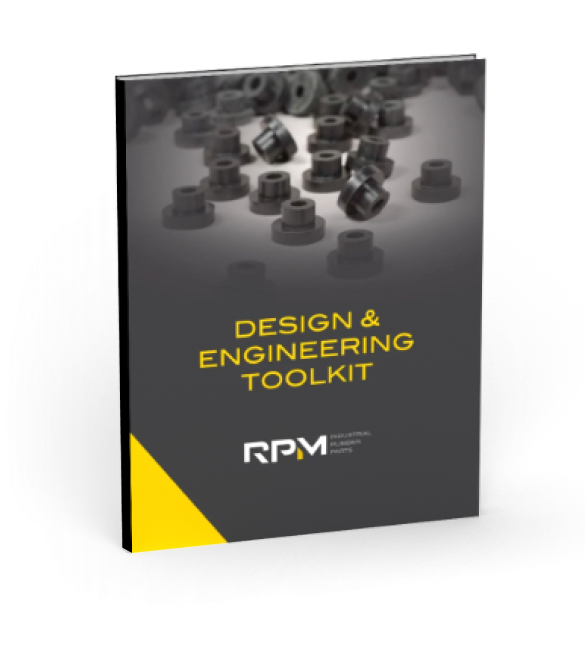
Do you really know everything about designing with rubber parts?
Get a free and valuable resource for finding or custom designing the exact part you need.
Rubber Injection Molding Process
With a completed design the component needed, the first step of creating a molded rubber part is the tooling of the mold. This mold is custom-created to the part specification. Once created a mold can last for many years depending on how often and how many pieces are run through it.
Injection molding of a rubber part involves the rapid injection of a specified amount of elastomer into the cavity of a closed and heated mold. Hydraulic pressure is used to keep the mold sealed tight, allowing the material to conform to the shape of the mold.
The benefits of using injection molding in molded rubber products include:
- Typically lower unit cost
- Reduced scrap
- Shorter molding cycles
- Allow for tighter tolerances
Rubber Transfer Molding Process
And lastly, but certainly not least is rubber transfer molding. A combination of compression and injection molding, transfer molding uses raw material converted into pre-forms. These pre-forms are placed into a pot. Once closed, a piston is used to compress the material inside of the pot, forcing it through the holes or sprues to fill the cavities of the mold.
The benefits of using rubber transfer molding for molded rubber products include:
- Allows for metal-to-rubber bonding
- Ideal for parts with multiple cavities
- Tighter dimensional tolerance control
If you know the part that you’re looking for, browse our standard product catalog here.
If you’re facing challenges in using a standard part and getting the outcome you’re looking for, reach out to our engineering solutions team, and let’s explore the option of fabricating you a custom rubber part.
To get in touch with our team at RPM Industrial Rubber Parts, give us a call at (888) 842-5668 or contact us online.
Related Resource
The Engineer’s 7-minute Guide to Rubber Molded Parts
Our free resource is a quick-reference guide to help you determine if exploring a rubber part is right for your application.









